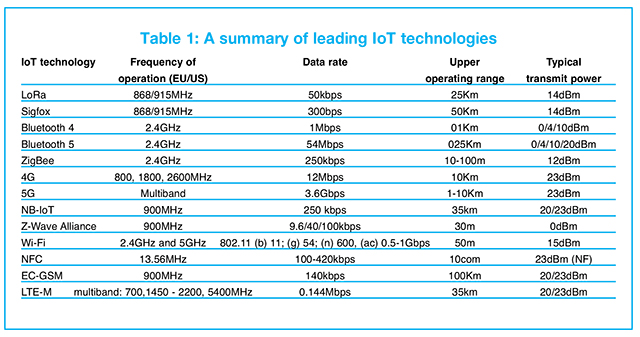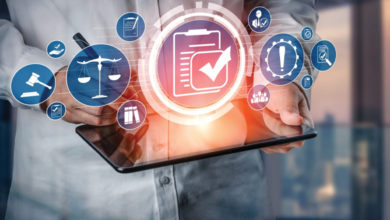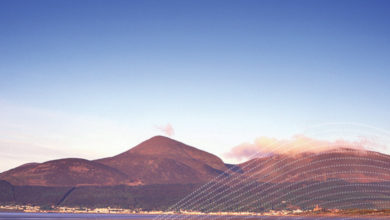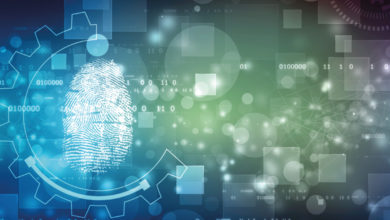Revolutionising healthcare through IoT
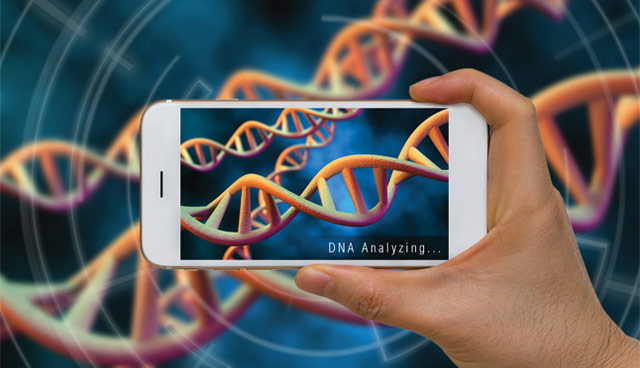
Frequently there are new schemes and strategies to help deliver healthcare in a better, more streamlined manner. Newly emerging technologies offer the prospect of benefiting healthcare, and while implementation of new technology must be approached with considerable caution, novel digital technology has the potential to solve some of the long-standing issues in healthcare delivery. The incipient Internet of Things (IoT) is one such promising development.
What is the Internet of Things?
The Internet of Things is considered a futuristic version of the Internet where a myriad of electronic devices and sensors are networked together using global communication infrastructure. The exact definition of IoT depends on the particular perspective of who you ask. The ITU definition describes the networking of physical devices embedded with electronics, software, sensors and actuators to exchange data using the Internet. The IEEE defines the IoT as consisting of internet-connected spatially distributed networks of autonomous sensors and actuators which gather data and make decisions. IoT is multifaceted and as a minimum an IoT systems consists of the devices (the “Things”), wireless links, backend “cloud” data management, and data presentation graphics. IoT is an end-to-end system; from sensor to server.
Why is the IoT important?
Attendees to my public lectures will know that I often quip “Those who aren’t excited by IoT don’t understand IoT”. A number of commentators have considered how the IoT will have at least as large an impact as the World Wide Web did in the 1990s/2000s. IoT is anticipated to be a disruptive technology with forecasts of 20.8 billion connected devices by 2020 and a market value of $662 billion (USD) by 2021.
A new generation of digital solutions are becoming essential to address growing healthcare challenges which include the global ageing population, increase in multiple chronic conditions, international health economics, and the increasing need for earlier diagnosis and predictive analysis. Correct implementation could result in £10 billion savings by 2020; and a key strategy is to transfer healthcare from hospitals and clinics into the patient’s own environment.
Remote healthcare opportunities
Remote healthcare has been pursued for nearly 30 years. However, a new range of novel sensors, new wireless technologies, artificial intelligence capability, and processing data in “the cloud” have created the perfect storm to fully realise unobtrusive long-term remote and rural healthcare monitoring – the Internet of Medical Things!
Most things currently measurable by medical devices can be miniaturised and turned into an IoT-enabled wearable (Fig. 1). IoT can be categorised around the data transmission medium, whether it be wireless or wired. It is fair to assume that patients do not wish to be hard-wired to an internet port via cables. Indeed, most portable devices currently accessing the internet use cellular or WiFi networks.
IoT devices will utilise any wireless medium possible including a range of licenced and unlicensed radio technologies; table 1 summaries such technologies. The most suitable technology depends on the environment, data volume, power requirements, and data transmission distance. Technology selection is a balancing act between power requirements, data rate, and operating distance; no current technology can provide long range communications with low power operation and ultra-high data rates. The next generation of medical-grade healthcare sensors will mostly be wearables (or at least discreet portables) and must ensure the patient’s activities of daily living are not unnecessarily curtailed to facilitate monitoring.
Key candidates for linking these medical sensors to the internet include the following technologies;
Low Power Wide Area Network (LPWAN): these include LoRaWAN, Sigfox, and cellular IoT solutions. LoRaWAN (Long Range Wide Area Network) is a licence-free technology (868 MHz in the EU, 915 MHz in the US) that boasts long range connections (15-20 km for rural and 3-5 km for urban operation), secure data communications, and very low power operation. The offset to this is very low data rates which restrict its application. Sigfox is similar to LoRaWAN in its applications, operating band, and range, but restricts devices to sending a maximum of 140 messages per day. LoRaWAN and Sigfox require new communications networks consisting of internet-connected base-stations to be created. Ulster University and partners have led the establishment of both these networks across Northern Ireland with the support of Digital Catapult and WND UK.
Other cellular-based IoT technologies such as EC-GSM, LTE-M, and NB-IoT are competitors to LoRaWAN and Sigfox and benefit from having their network of base-stations (cell towers) already well established. The service typically uses guard bands between regular phone channels, however these services are currently unavailable in Northern Ireland. Such LPWAN technologies are perfect for residential and rural monitoring of non-acute medical conditions such as glucose levels, asthmatic peak-flow readings, wound healing, and environmental sensor readings.
Bluetooth 5: Higher data rate solutions are possible with this new Bluetooth version, offering longer distances and faster data rates compared to Bluetooth 4 as well as “Mesh” networking. It is ideal for networking portable and fixed sensors in any size of environment including private residences and large hospitals. Patients, equipment, environmental conditions, medication, movement, etc. can be continually monitored in real-time.
5G: The current cellular network services (3G/4G) are due a massive revamp in 2020 with the arrival of 5th generational services (5G), bringing ultra-fast data transfer and ultra-low data latency. This technology brings new opportunities to healthcare such as live streaming of 4K video for remote consultations or counselling sessions, Augmented Reality surgery or remote robotic surgery, and streaming of real-time ECG to a specialist anywhere on the planet.
IoT healthcare technologies will create vast volumes of data that will be stored on secure servers. A fast-paced industry is growing around the need to exploit this raw data and complementary technologies of data mining and artificial intelligence can process titanic quantities of medical data to extract patterns and health indicators that a human clinician simply cannot. They can also be used to make medication decisions and disease progression predictions to improve medical outcomes.
The impact
Digital technology paves the way for practical commonplace telehealth monitoring which has been shown to significantly reduce the time to clinical decision, as well as to reduce A&E visits by 15 per cent, emergency admissions by 20 per cent, bed days by 14 per cent, and mortality rates by an astonishing 45 per cent. For cardiology patients it is generally acknowledged that most patients exhibit changeable vital signs for six to eight hours before cardiac arrest, the power of monitoring a patient’s vital signs is well recognised.
IoT could enable cost-effective next-generation patient-centric healthcare monitoring to increase the patient experience and change how healthcare is delivered. Remote intelligent monitoring will also allow patients to live independently and age well. Coupling this with ubiquitous computing, data mining, artificial intelligence, smart environments, etc. will create a brave new world of healthcare.
Dr Philip Catherwood has worked in a range of R&D industries as well as at Queen’s University Belfast and Ulster University developing novel wireless networks, bespoke scientific measurement equipment, and high-speed optical communications. He led the recent programme to create LoRaWAN and Sigfox networks across the whole of Northern Ireland and continues to work with local SMEs to exploit the technology.


